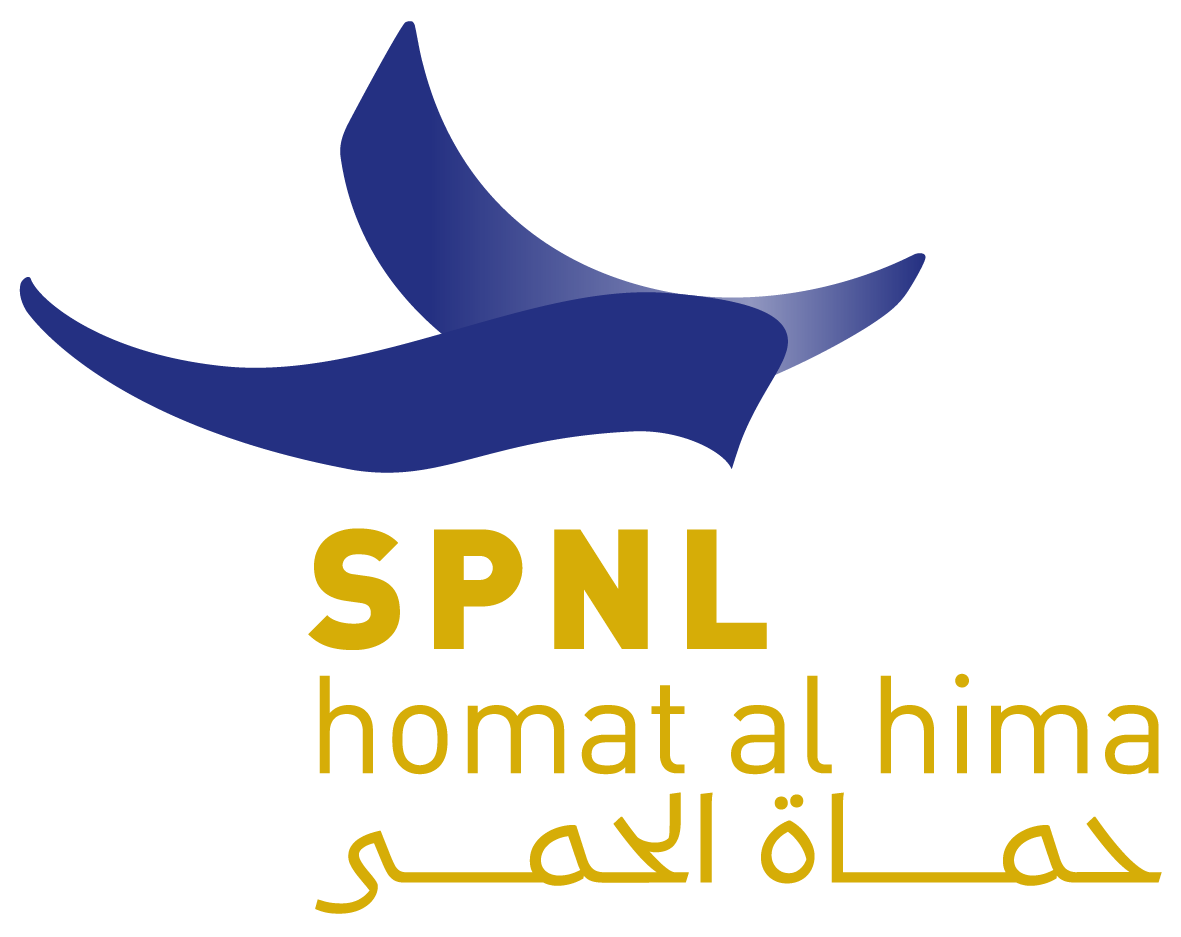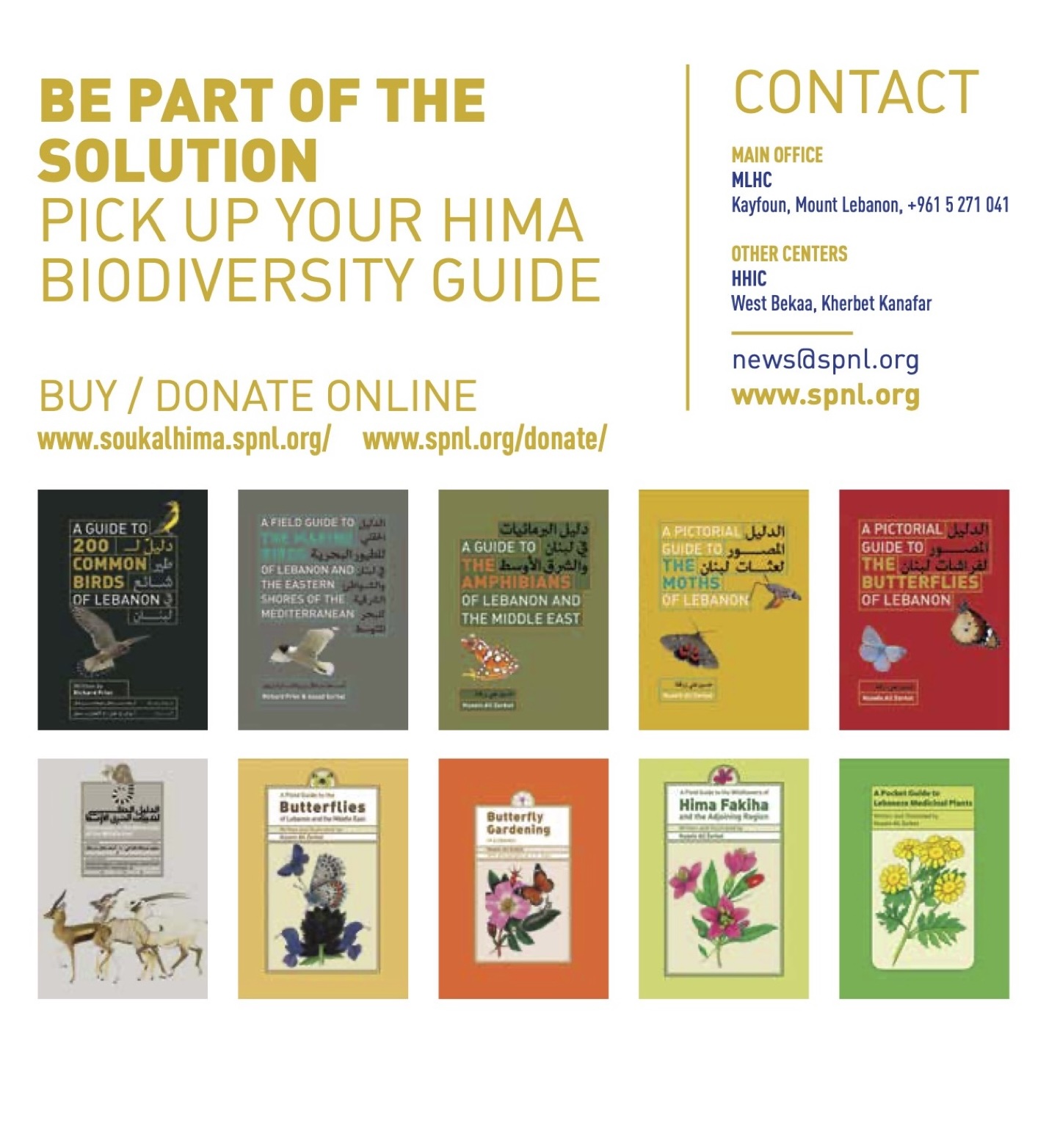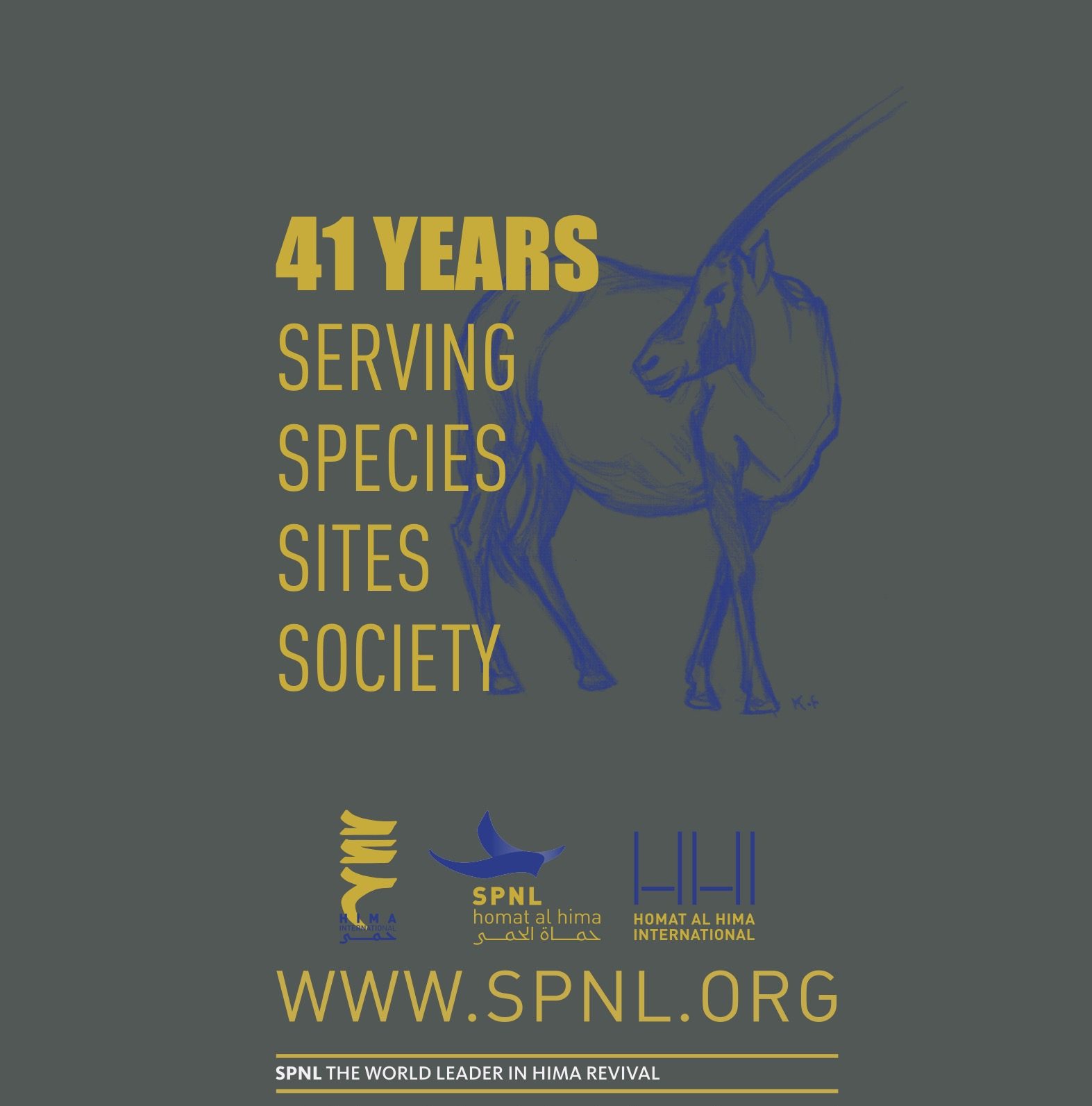Butterflies swarm Lebanon’s meadows in numbers unseen for 100 years
The Society for the Protection of Nature in Lebanon (SPNL) has released the sixth issue of Al Hima magazine, focusing on the upcoming IUCN World Conservation Congress in Abu Dhabi (October 8–15, 2025), where SPNL will join four key sessions. The issue features an exclusive interview with IUCN President Razan Al Mubarak, who emphasizes aligning IUCN’s work with global biodiversity agendas, governance, member responsiveness, multilateral engagement, ethical use of technology, and amplifying diverse voices.
More like this

“The Ancient Cedar and Our Common Food” — A...

Mapping Hima Anjar: A Living Landscape of Springs, Wetlands,...




